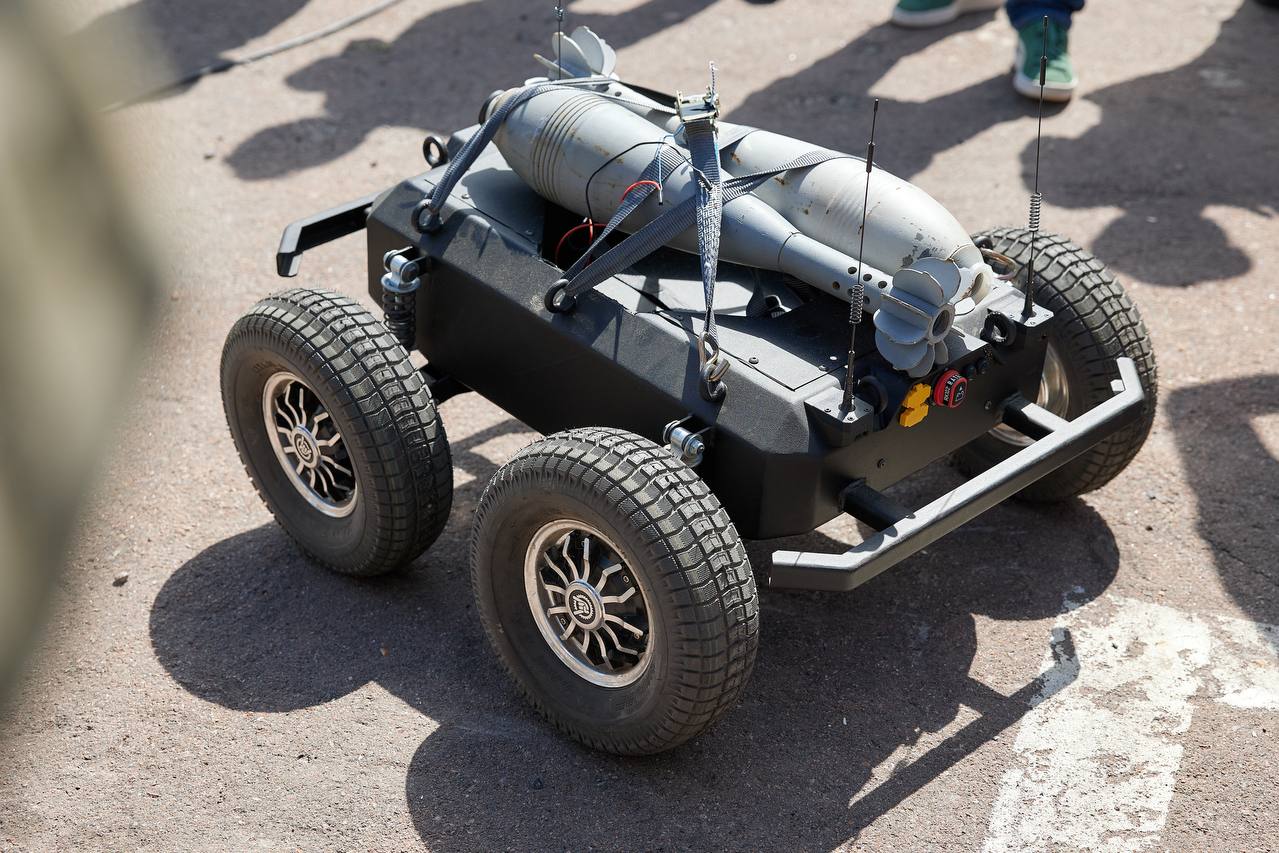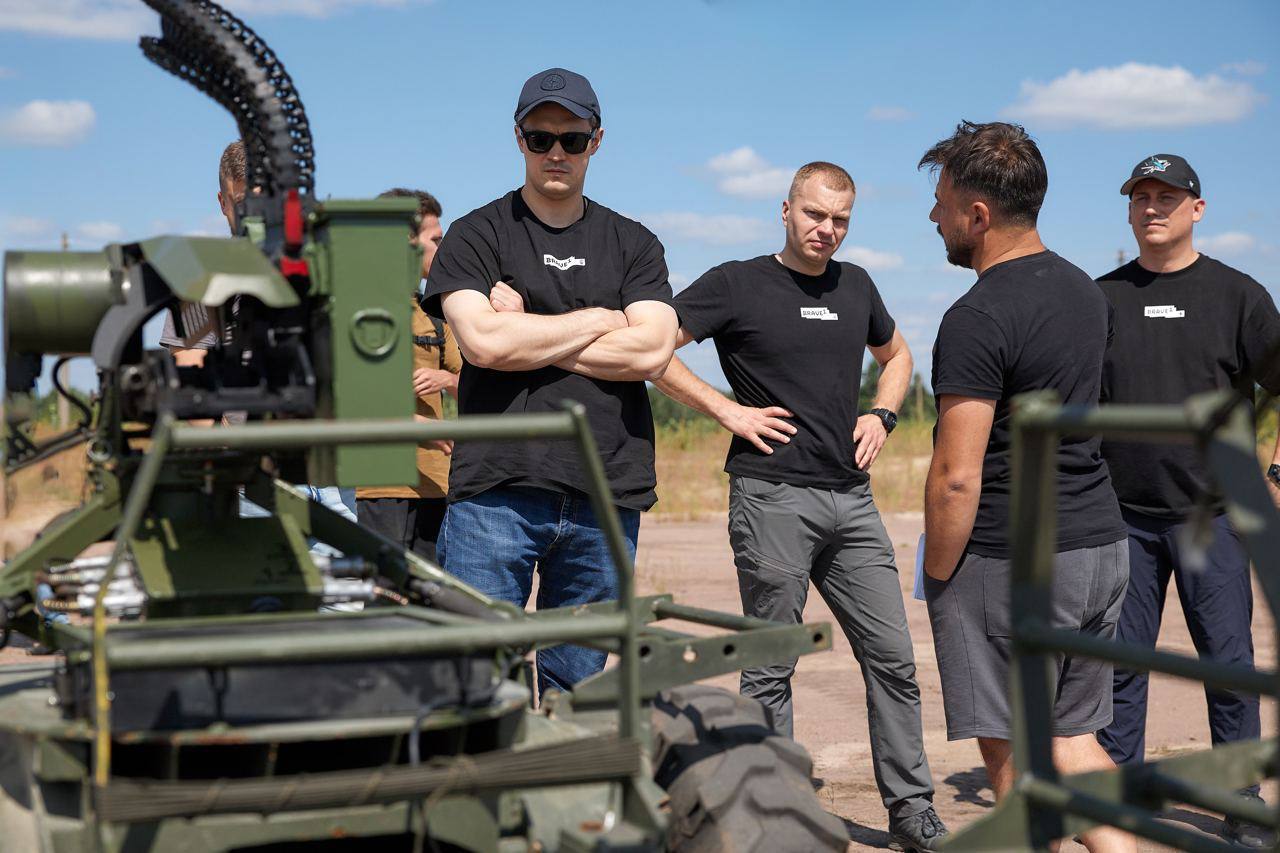Reinforcement for the the Drone Army: On the frontlines, 900 FPV drones, over a hundred Mavics and Matrices were delivered. Additionally, innovative domestically produced robotic technologies have been introduced for the first time – combat turrets "Shablya" and ground platforms "Rys". These innovative developments are aimed at saving the lives of our military personnel as much as possible.
"Technologies and innovations play a crucial role in modern warfare. To achieve victory, we need more drones and military innovations. We are consistently expanding our expertise in the field of UAVs. We are also strengthening them with robotic technologies. We've deployed 25 automated combat turrets with remote control, 'Shablya,' and 5 ground platforms 'Rys' to the frontlines. Alongside drones, these Ukrainian manufacturing innovations will bolster the fighters in the counteroffensive and, most importantly, preserve the lives of our defenders," stated Vice Prime Minister for Innovation, Education, Science, and Technology Development – Minister of Digital Transformation, Mykhailo Fedorov.


These innovative developments will enable remote strikes on more enemy positions and safeguard the lives of defenders. Among such Ukrainian creations are the combat turrets "Shablya" and the "Rys" platforms.
"Shablya" is a platform onto which machine guns, grenade launchers, or other weaponry can be mounted, enabling remote engagement of the enemy at distances of up to 2 kilometers. The turret is equipped with a video camera and thermal imager, allowing it to be operated from cover or a safer location. This enables military personnel to eliminate the adversary while keeping the positions of Ukrainian defenders concealed from the enemy. Notably, the "Shablya" system can also be used to counter enemy UAVs flying at low altitudes.
The robotic platform "Rys" safely transports turrets or other equipment to their intended destination. The military operator controls it using a remote control, transporting the installations to distant combat missions. This eliminates the need for soldiers to personally transport the installations, thus avoiding unnecessary risks to their lives.






















